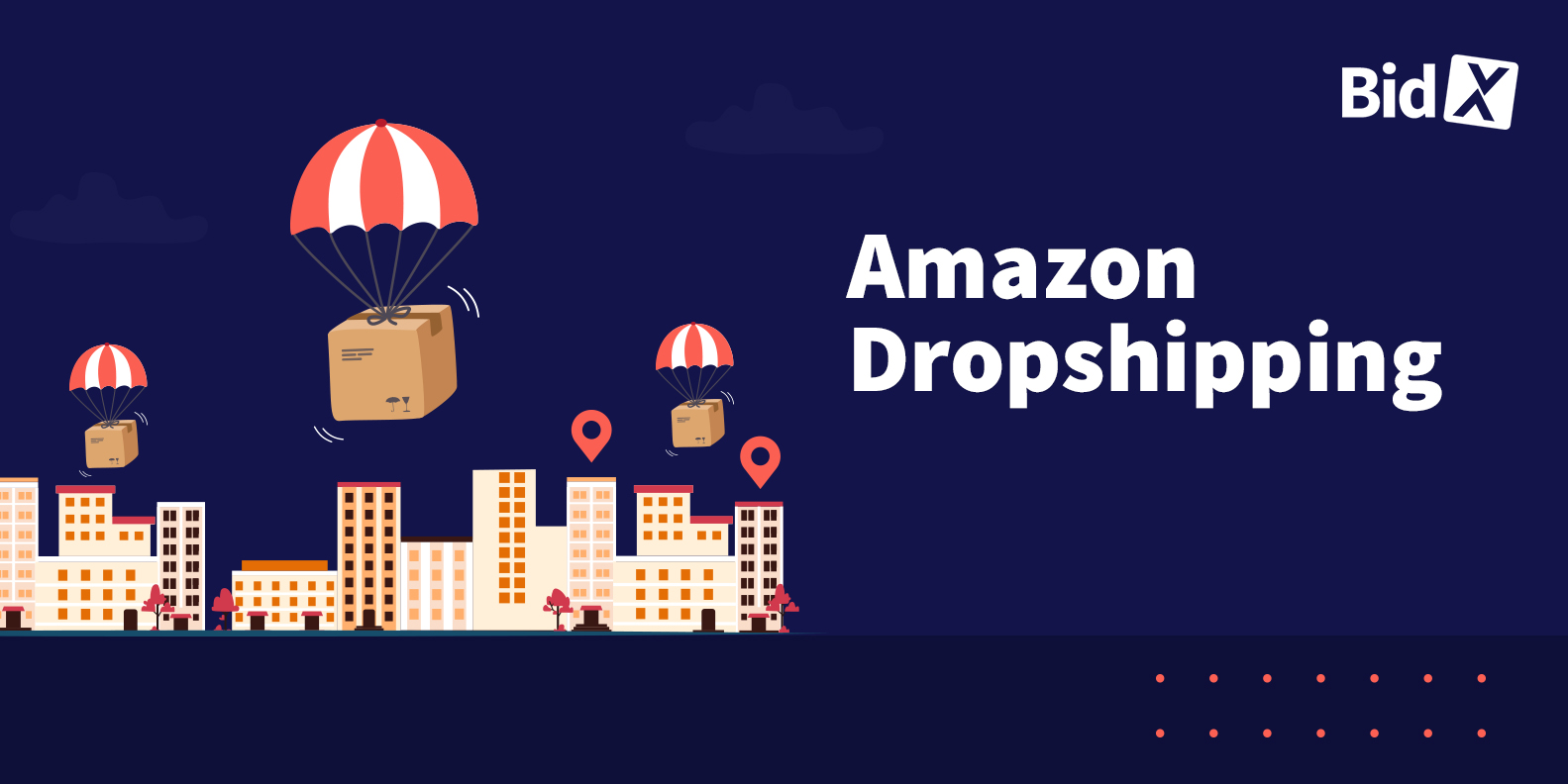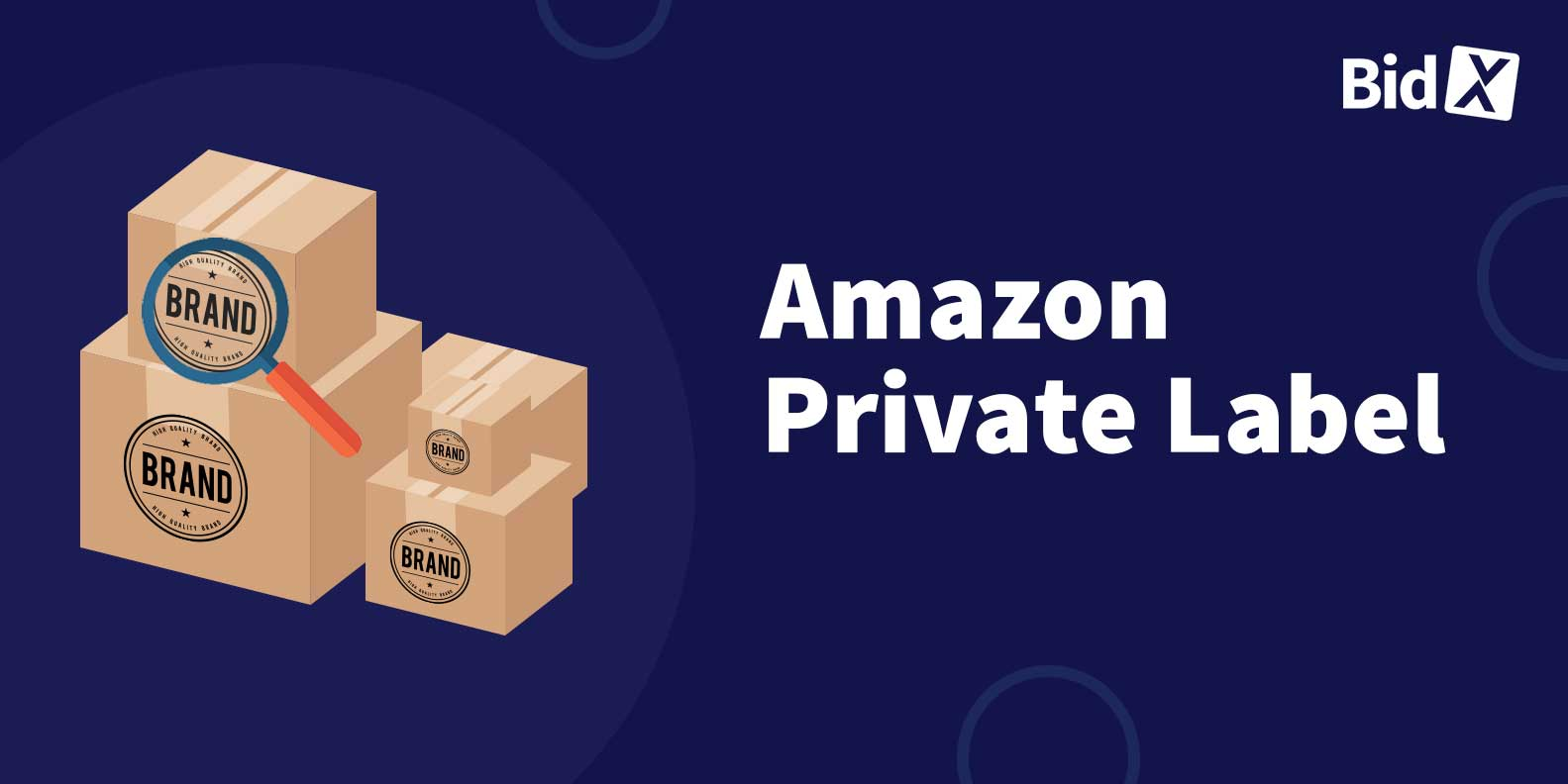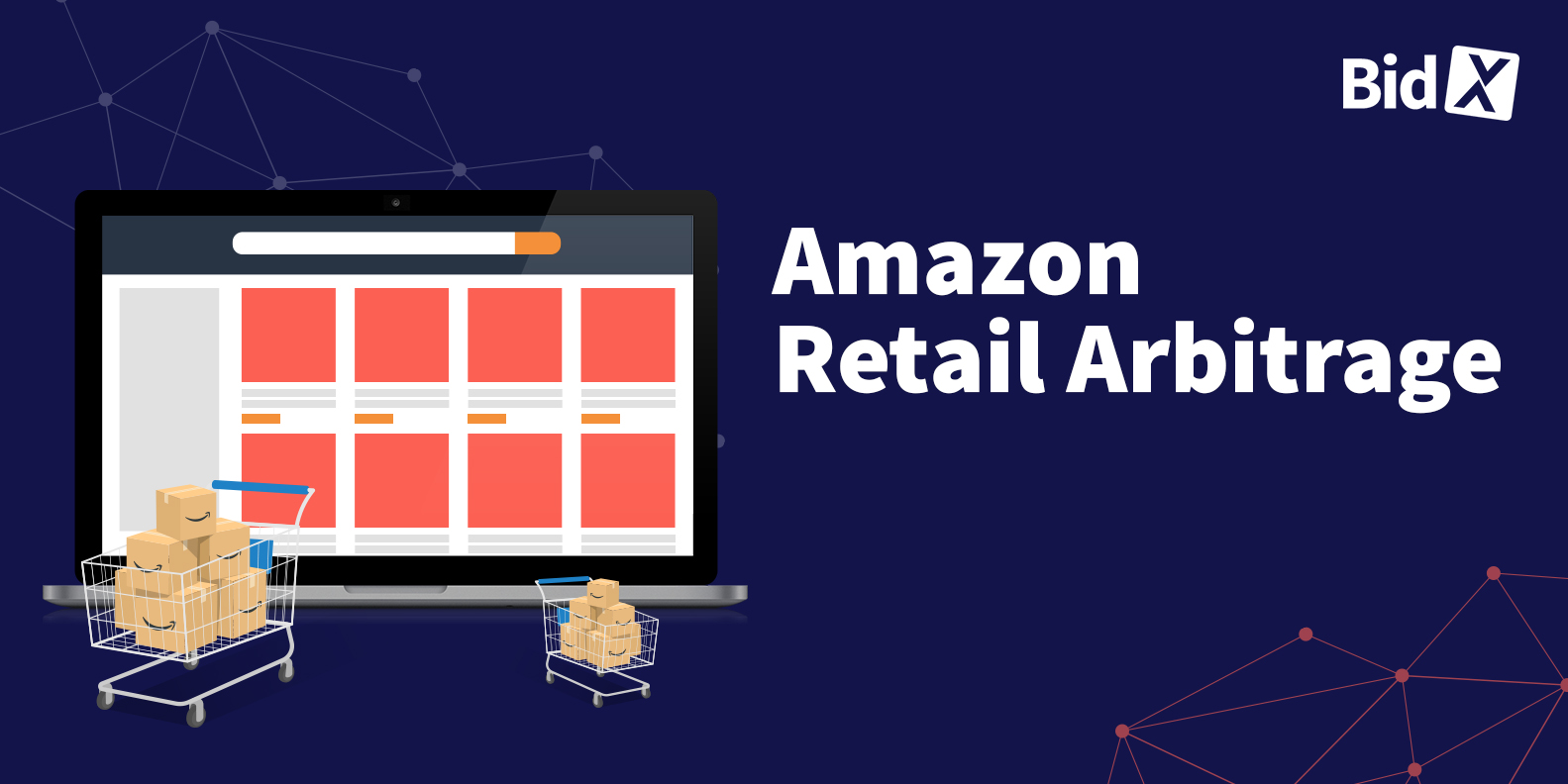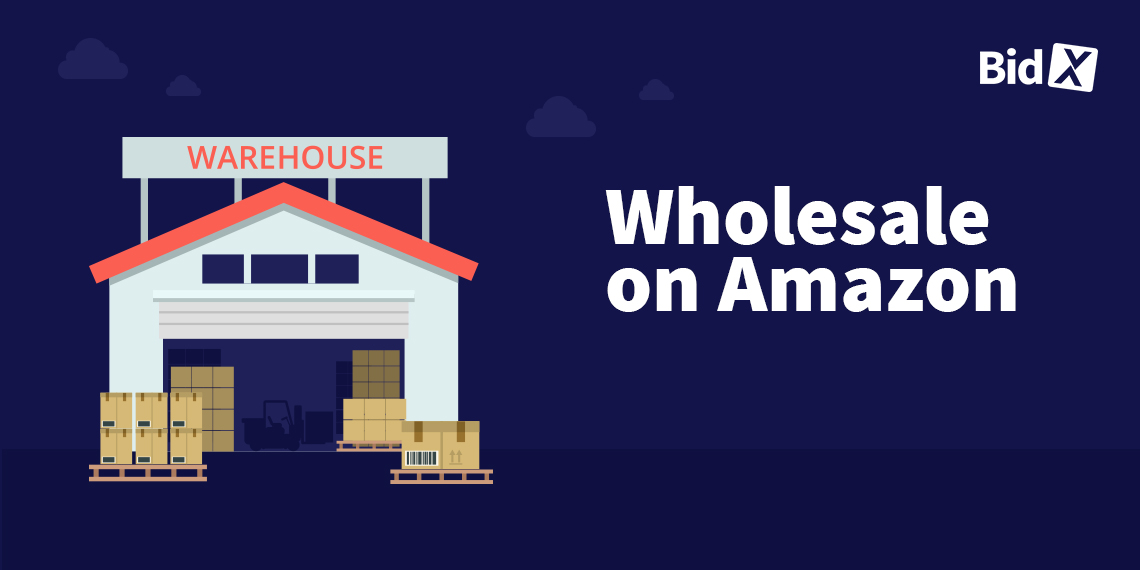Amazon Dropshipping Guide
People often relate managing ecommerce to an online version of a regular shop—a virtual location for buyers to pay for products and get them. But, ecommerce promotes different types of business opportunities. And among them, dropshipping is another way to thrive.
Chances are that you have come across dropshipping at least once. These trending online business models are equipping keys to help sellers focus on sales and marketing and generate high returns from ecommerce.
This article explores dropshipping, how the trending Amazon dropshipping works, and its advantages and disadvantages.
What is Dropshipping?
Dropshipping is a product fulfillment option that allows ecommerce sellers to list products on a website and make sales without keeping an actual inventory. Under this model, the order goes to the third-party supplier, who ships the product to the buyer directly.
Therefore, you are essentially running the business without buying stock or making upfront investments. The role you play is more of a middleman or distributor, receiving commissions on sales.
While the customers place orders for the products you decide to sell, the company holding the product sends the item out to the customer directly.
The Amazon dropshipping model provides an avenue for efficiency with low overhead. Unlike the standard retail model, it’s a turn-key system of taking orders and making profits from the difference between the cost of goods from the third-party merchant and your retail price.
How Does Dropshipping Differ From Other Business Models?
Within the myriads of ecommerce models, dropshipping creates an opportunity for vendors with small startup capital and some equity.
Before accepting every available concept in the world of ecommerce, learning the difference between dropshipping, retail arbitrage, private labeling, and wholesale can help make sense of the chaos.
Retail Arbitrage
When you buy products cheaper from a retailer and flip it for profit, that’s Retail Arbitrage. Typically, the aim is to accumulate goods during heavy-discount seasonal promotions or big clearance sales from big stores. Having liquidation stores sell products far lower than Amazon prices also helps with this business concept.
In the last couple of years, several ecommerce entrepreneurs have chosen this path. Since running this model requires you to own inventory at some point, it differs from dropshipping.
Retail arbitrage’s advantage is buying liquidation merchandise that the average consumer can’t access. This way, you can set your price up on Amazon FBA and give buyers no choice but to do business with you. The retail arbitrage approach saves you the cost of setting up a website. But it’s not really scalable, and you must constantly search for liquidation goods.
Private Label
Private labeling is buying and branding off-the-shelf products from suppliers or manufacturers before selling the products. The model works when you find a manufacturer to produce in bulk and allow you to place your own brand on their product. Most merchants using this popular approach get manufacturers overseas, brand, ship the goods to Amazon FBA, and take advantage of the marketplace to make sales.
Unlike dropshipping, private labeling requires a huge upfront cost to pay for manufacturing and buying products in bulk. However, it gives complete control of every aspect, from sales to distribution.
Wholesale
Wholesale on Amazon means buying products in bulk directly from a manufacturer or distributor, then reselling those products to customers for a profit. This model allows merchants to leverage Amazon for Business and use Amazon FBA to sell wholesale products.
Usually, the wholesaler buys products in large unit quantities at a discount and ships them to Amazon. The approach comes with the advantage of having multiple products to sell at a faster turnaround time. You can manage this model with a few vendors at your disposal to help with sales and delivery of products.
For wholesaling, you need to own an inventory or a third-party logistics company to keep your business going. But selling the same product as other sellers can result in eroding prices and limit the longevity of this model on Amazon.
How to Drop-Ship on Amazon?
For the Amazon dropshipping operation to be successful, you have to focus on different factors. Here’s how to start dropshipping on Amazon:
Do Product Research
There’s no profit in getting stuck with a product without making sales – it defiles the idea of dropshipping as a fast-selling system. It would be best to conduct sufficient research based on Amazon data to find profitable products capable of bringing in more revenue. Making sales via dropshipping is a win for you and your supplier.
Find the supplier
Since the plan is to be in business with the supplier for a long time, it’s necessary to check for their legitimacy, honesty, and knowledge of dropshipping. Most merchants start with a simple Google search based on the niche or product. Also, attending trade shows can get you to interact and build good connections with industry experts and wholesalers. If you can find supplier directories, check for distributors to work with you, or contact the manufacturers and ask for a list of their wholesale distributors. Set up an open line of communication, relate your ideas, and make decisions that can benefit both parties.
Set up an Amazon Seller Central Account
With your product and supplier sorted, you need the Amazon Seller Central account and choose between the professional and the individual plan. Keyword research improves visibility on Amazon’s search engine and targets your competitors. Before crafting your listing, gather the top keywords for your product, and identify the keywords your competitors use for their listing through reverse ASIN. Use these keywords to prepare a creative product listing.
Sell your products
It’s easier to make sales when you’re customer-centric. Keep the focus on building brand visibility. Build your campaign and use social media promotions, Amazon Sponsored Products campaigns, and giveaways to generate some early traffic to your listing. You can start a strategy by promoting your product on Facebook, Twitter, or Instagram. Like every marketing approach, positive reviews also give you an edge. Also, ensure every process adheres to Amazon’s terms and conditions.
Advantages and disadvantages
Every fulfillment model on Amazon has its fair share of pros and cons. Before concluding on dropshipping as a preferred approach, here are some advantages and disadvantages of Amazon dropshipping to consider:
Advantages of Amazon Dropshipping
Low overhead costs: Removing the need to hold inventory, maintain warehouses, or ship products to customers greatly reduces overhead costs.
Low upfront costs: Dropshipping lays the foundation for several rookie entrepreneurs, since it doesn’t require enormous investment like retail arbitrage or private label. Without the need for facilities or resources to process orders, it’s easier to set up and manage.
More freedom: Dropshipping allows you to enjoy the freedom of not being tied to a specific area. You can fulfill orders from anywhere and sell to customers regardless of the operating location.
Easier to scale: With more suppliers and zero need for inventory, packaging, or shopping, dropshipping allows you to accept more orders from various niche categories and increase sales.
Easier to test: Leveraging dropshipping, you can experiment with different products on the market at low risk.
Large audience: Amazon dropshipping helps to reach more audiences. Using the e-commerce marketplace to improve your reach piles up your revenue.
Disadvantages of Amazon Dropshipping
Intense Rivalry: As appealing as dropshipping may seem, the low cost of startup toughens the competition. Since anyone can set up a dropshipping business with little or no investment, it’s better to expect consistent rivalry.
Less control of product quality: The model gives you less in the fulfillment process. Hence, you can’t dictate or guarantee the quality of the product – your brand is at risk once your customers start to get poor-quality products.
Thin profit margin: The wholesaler receives most of the money. Also, with the low barrier of entry, there’s always aggressive competition on the price that slims your profit margin.
Less control over fulfillment errors: Dropshipping gives the vendor no control over the order selection, fulfillment timeline, packaging, and shipment. Errors in the fulfillment orders affect the vendor more than the supplier.
Not sustainable enough: Working with suppliers doesn’t limit them from selling directly to buyers on Amazon. They already handle the order fulfillment and can give special offers and promotions that you can’t, such as free shipping or bundling.
Inventory management: Cutting out the fulfillment process from dropshipping gives the vendor less access to updates on the availability of products. When customers place orders for products that are out of stock, poor customer experience discourages them from wanting future orders from your brand.
Conclusion
Many newbie vendors leverage Amazon dropshipping to master the ropes of Amazon before transitioning to more sustainable models like private labeling. The business approach can be appealing and tricky. As great as it seems to not pay for storage facilities, manage stock, or ship orders, there are drawbacks. Once you can weigh your options and decide on dropshipping as a suitable business model, you can focus more of your resources on advertising and brand building. Set up an efficient fulfillment strategy to move products quickly and grow your business.
One important aspect that you should not lose sight of is PPC ads. These ads help you generate visibility for your products and increase your sales. BidX takes away the time-consuming manual control of ads from you using the PPC management tool. BidX controls and optimizes your keywords and bids continuously and fully automated. With BidX you can fully concentrate on your core business!






